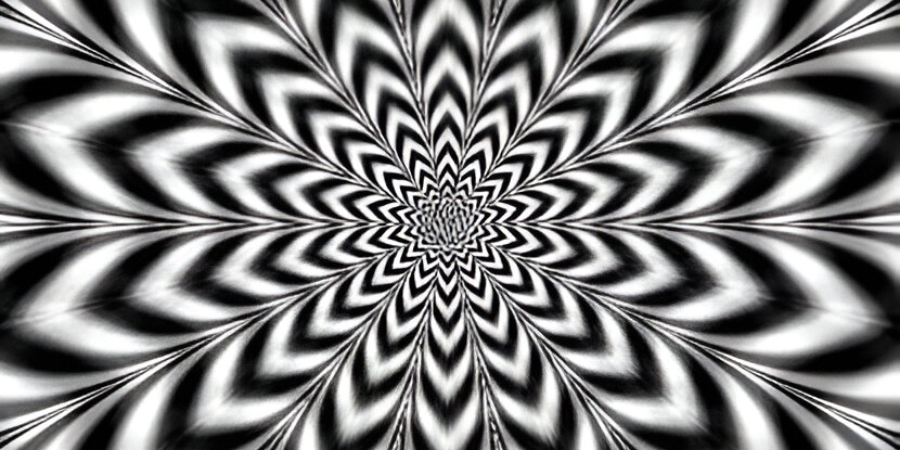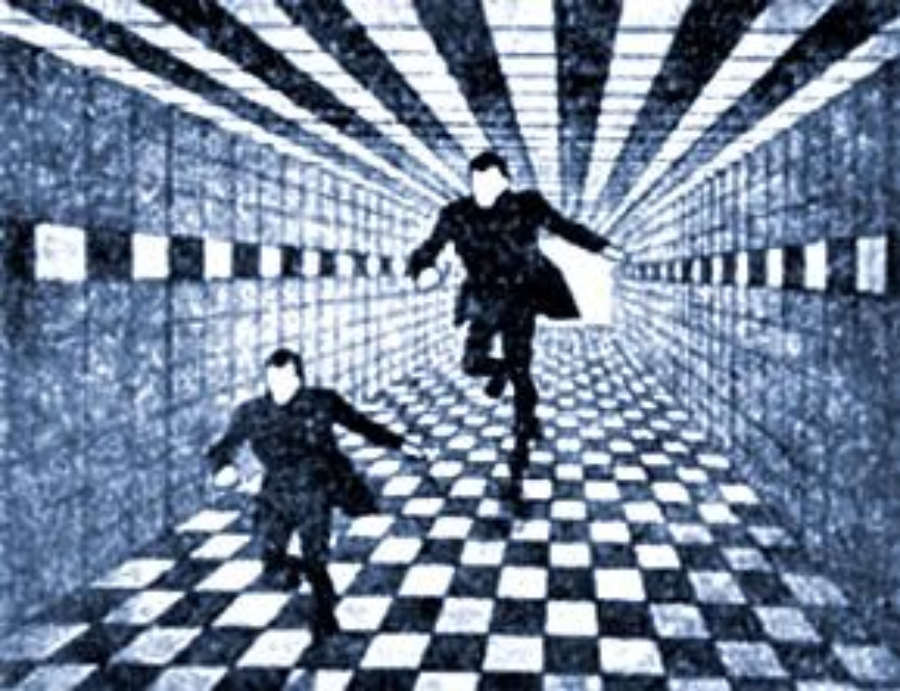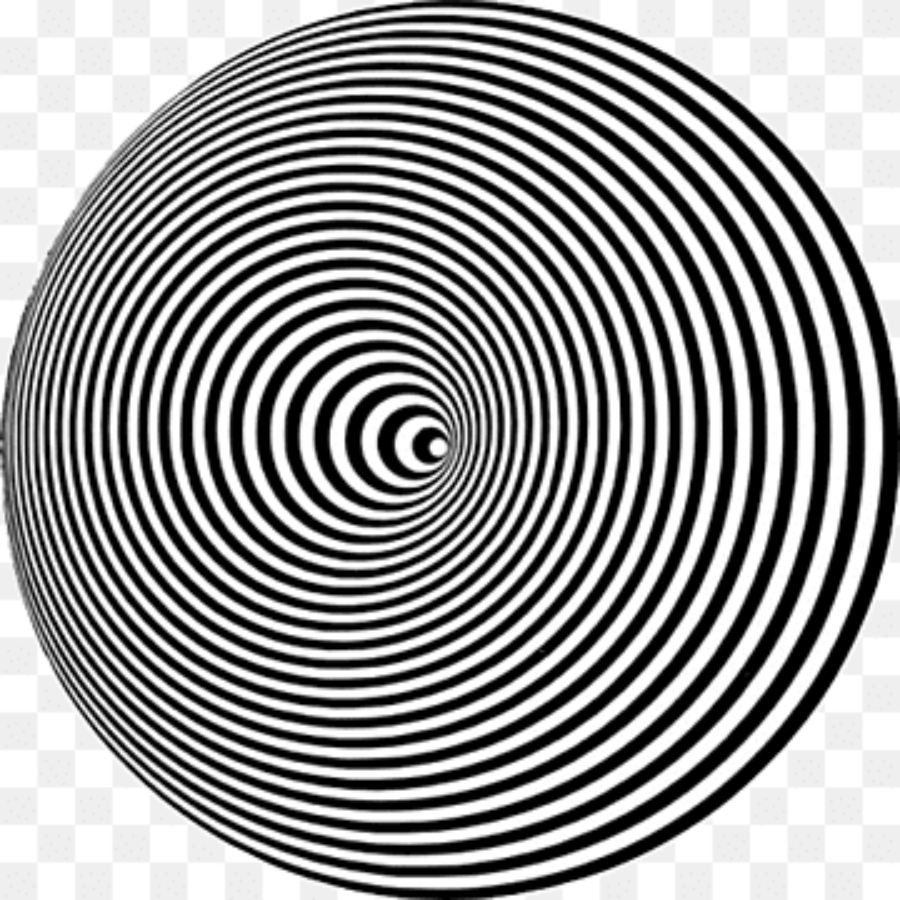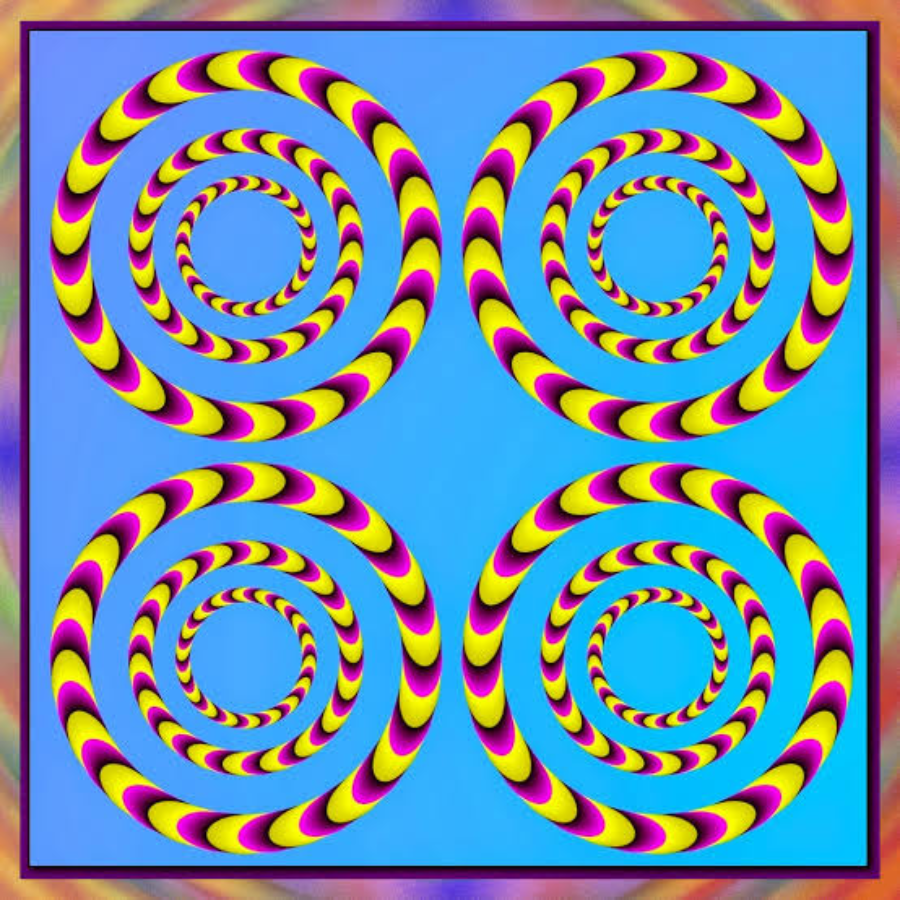

Your vision can be tricked by something called an optical illusion. We can learn how our eyes and brain function together to see through optical illusions. Your brain uses cues about depth, shading, lighting, and location to help you comprehend what you see because you live in a three-dimensional environment.
Optical illusions can produce visuals that are misleading or deceiving to our minds by manipulating color, light, and patterns. The brain processes the data that the eye gathers, resulting in a perception that is not accurate in reality.Around 450 B.C., Epicharmus and Protagorus created optical illusions.When used in literature, an illusion can be a method used to trick, confuse, or mislead a character in the story, such as a dream or vision.
Visual trickery known as optical illusions mislead our brains into perceiving things that aren't actually there or misinterpreting what we do see. These illusions happen when the information given by our eyes is misinterpreted by the brain, frequently as a result of the way the brain interprets visual data.
Various Optical Illusion Examples 1. The Müller-Lyer illusion: When arrowheads or tails are added, lines appear to be of varying lengths.
2. The Ponzo illusion: Converging lines make parallel lines appear unequal.

3. The Kanizsa triangle: In the absence of an outline, a triangle is visible.

4. The Ebbinghaus illusion: Because of the circles around them, circles appear to be of varying diameters.

The Importance of Optical Illusions 1. Gaining insight into perception: optical illusions show us how the brain interprets visual data. 2. Developing improved vision technologies: Researching illusions aids in the development of eye power.
It states that illusions can be divided into three primary classes: physical, physiological, and cognitive, with four types found in each class: ambiguities, distortions, paradoxes, and fictions.
The apparent bending of a stick partially submerged in water is a famous example of a physical distortion; the motion aftereffect is an example of a physiological paradox (where, despite movement, position remains unchanged).An afterimage is an illustration of a physiological fiction.
The physical surroundings, such as the optical characteristics of water, can produce physical illusions.Physiological illusions can result from overstimulating a particular receptor type or from other causes that affect the eye or the visual pathway.
illusion, or a distortion of a "real" sensory input; in other words, an interpretation that deviates from the generally accepted definition of objective "reality." One could say that a youngster is experiencing an illusion if, for instance, they believe that tree branches are goblins at night.
1 The Effect of Troxler.
2 Chubb's Illumination Illusion
3 Contrast Checker Shadow Illusion Lilac Chaser
5 The Geometric Poggendorff Illusion Six Shepard's Tables on a scale 7 Kanizsa Triangle (impact of gestalt) There are eight impossible objects in the Trident.
Something that isn't real is an illusion. Although it appears genuine, it is only a clever fabrication or fantasy. similar to the classic rabbit-out-of-the-hat trick that magicians all around the world perform.
